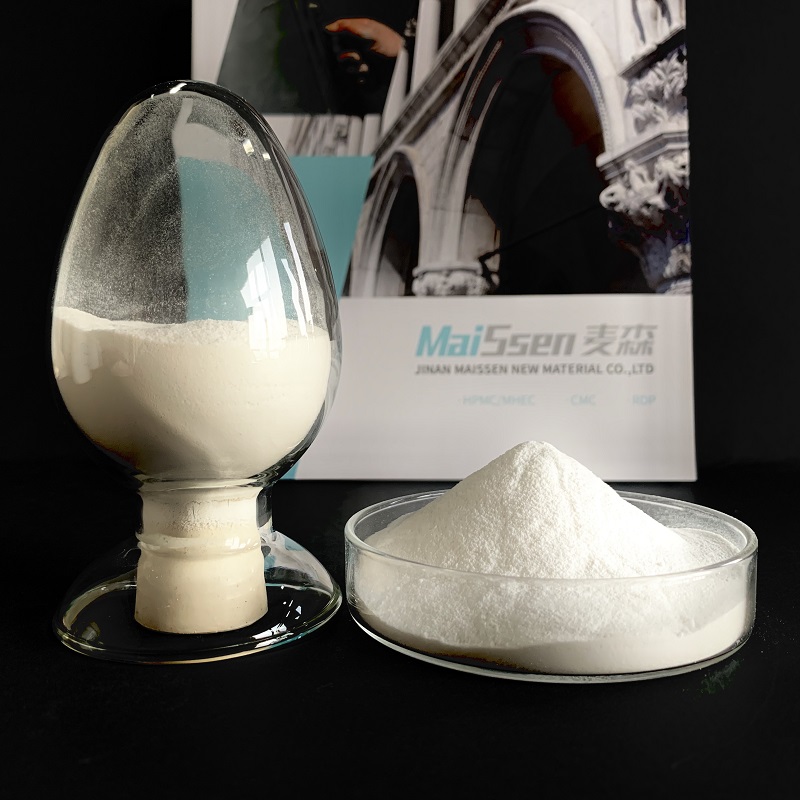Hydroxypropyl Methylcellulose (HPMC) is a valuable additive widely used in the formulation of tile adhesives. Its unique properties and versatility make it an essential ingredient for enhancing the performance and functionality of tile adhesives. In this article, we explore the key considerations and applications of HPMC to enhance tile adhesive performance.
Improved Workability: HPMC significantly improves the workability of tile adhesives. Its addition helps to achieve the desired consistency and viscosity, making the adhesive easier to spread and apply. The controlled flow properties of HPMC ensure even coverage and smooth troweling, enhancing the overall workability and reducing installation efforts.
Enhanced Bonding Strength: HPMC plays a crucial role in enhancing the bonding strength of tile adhesives. It forms a thin film on the surface of both the tile and substrate, promoting strong adhesion. This helps to minimize the risk of tile detachment, ensuring a secure and long-lasting bond. By incorporating HPMC, tile adhesives can achieve improved bonding performance even in demanding applications.

Water Retention: Hydroxypropyl Methyl Cellulose-HPMC is known for its exceptional water retention capabilities. In tile adhesives, it acts as a water binder, preventing excessive moisture loss during the curing process. This extended water retention allows sufficient time for proper hydration of cementitious components, resulting in improved adhesive strength development and reduced shrinkage.
Extended Open Time: Open time refers to the duration during which the tile adhesive remains workable after application. HPMC extends the open time of tile adhesives, providing installers with more flexibility in tile positioning and adjustment. This is particularly beneficial when working with larger tiles or complex tile installations, allowing for precise placement and alignment.
Crack Resistance: HPMC contributes to the crack resistance properties of tile adhesives. Its flexible film-forming characteristics help to accommodate the stresses caused by thermal expansion and contraction. By improving the adhesive's ability to withstand these stresses, HPMC helps to minimize the occurrence of cracks in the adhesive layer, enhancing the overall durability of tile installations.
Versatile Applications: HPMC is compatible with various types of tile adhesives, including cement-based and dispersion-based formulations. It can be used in a wide range of tile installations, including ceramic, porcelain, natural stone, and mosaic applications. HPMC offers versatility in formulation design, allowing for tailored adhesive properties to meet specific project requirements.
Environmental Considerations: HPMC is considered an environmentally friendly additive for tile adhesives. It is derived from natural cellulose and is biodegradable. By incorporating HPMC into tile adhesive formulations, it aligns with sustainable construction practices, minimizing the environmental impact of adhesive applications.
In conclusion, the addition of HPMC to tile adhesive formulations provides numerous benefits and enhances overall performance. By improving workability, bonding strength, water retention, open time, and crack resistance, HPMC helps to achieve superior adhesive properties. Its compatibility with different adhesive types and versatility in various tile applications make HPMC a valuable ingredient for enhancing tile adhesive performance. Incorporating HPMC for tile adhesive formulations ensures reliable adhesion, durability, and successful tile installations.





Comments
0